Over the past decade, appetites for organic products have ballooned past the point of trendiness—cementing the idea of “going organic” as a healthy, sustainable lifestyle. Proudly burnished labels can be on nearly anything these days, from produce and cosmetics to wine and even pet food. Nearly anything we put into, or onto, our bodies have shifted away from the use of harmful pesticides, so why does organic spirits still sound like such a novel concept?
It’s hard to believe, but less than one percent of liquor available in today’s market is certified organic, according to the Land Institute, despite organic food sales in the U.S. showing double-digit growth during most years since the 1990s, with no chance of slowing any time soon. Reaching organic status isn’t as easy as flipping a switch, and distilleries desiring to make that shift must contend with everything from logistical and cost-related issues to the painstaking, time-consuming process of attaining a federally recognized certification.
The booze companies that have decided to create organic spirits, whether from the time of their inception or with intentional maneuvers over the years, must start their process at the source.
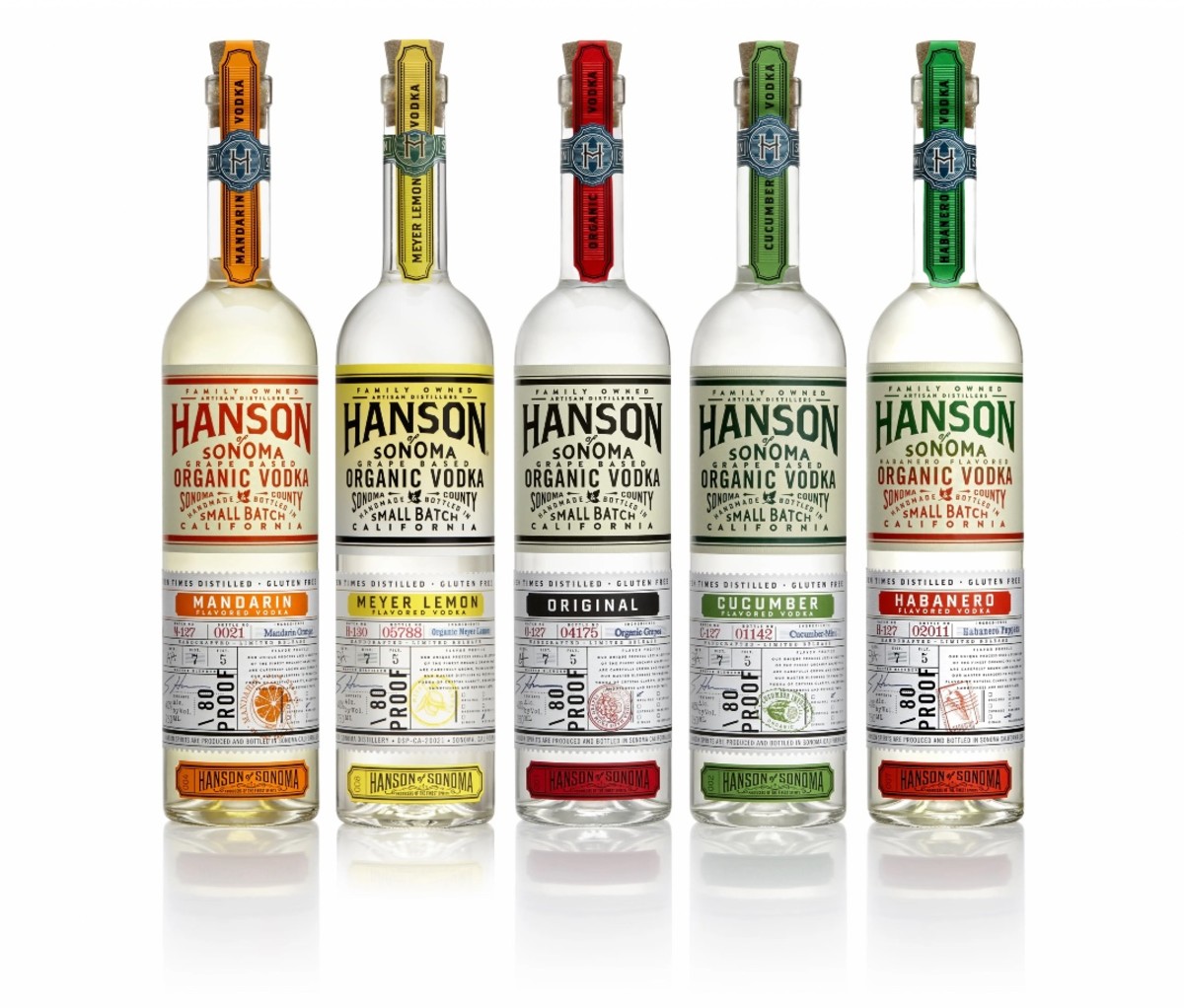
Organic roots
“While we were doing research and development, my parents were really adamant there was a market for the products we were trying to create,” says Alanna Hanson of Hanson of Sonoma, which produces vodka from organic grapes, and was the first distillery in Sonoma County, CA, to complete the USDA certification process.
“We grew up in the Bay Area surrounded by the slow-food movement, tons of farmers markets, and this really, very conscious farmer-driven lifestyle. So, we knew originally that we wanted to produce an organic vodka, and we actually approached a couple of the major distributors that all said ‘Don’t waste your time with organic—nobody cares.’ ”
Spoiler alert: People do care. In fact, the certified organic industry is currently in its twelfth consecutive year of growth. A recent survey showed that around 82 percent of Americans buy organic food now and, according to estimates, the number of U.S.-certified organic acres reached 9.1 million in 2021, representing a 123 percent increase from the official estimate back in 2008.
Regardless of this apparent demand, going organic isn’t a quick shift, or a cheap one at that. In order for U.S. distilleries to label their product as such, they have to undergo testing and meet rigorous standards to get a stamp of approval from the USDA. The process is different in every country, making it even trickier when it comes to imports.
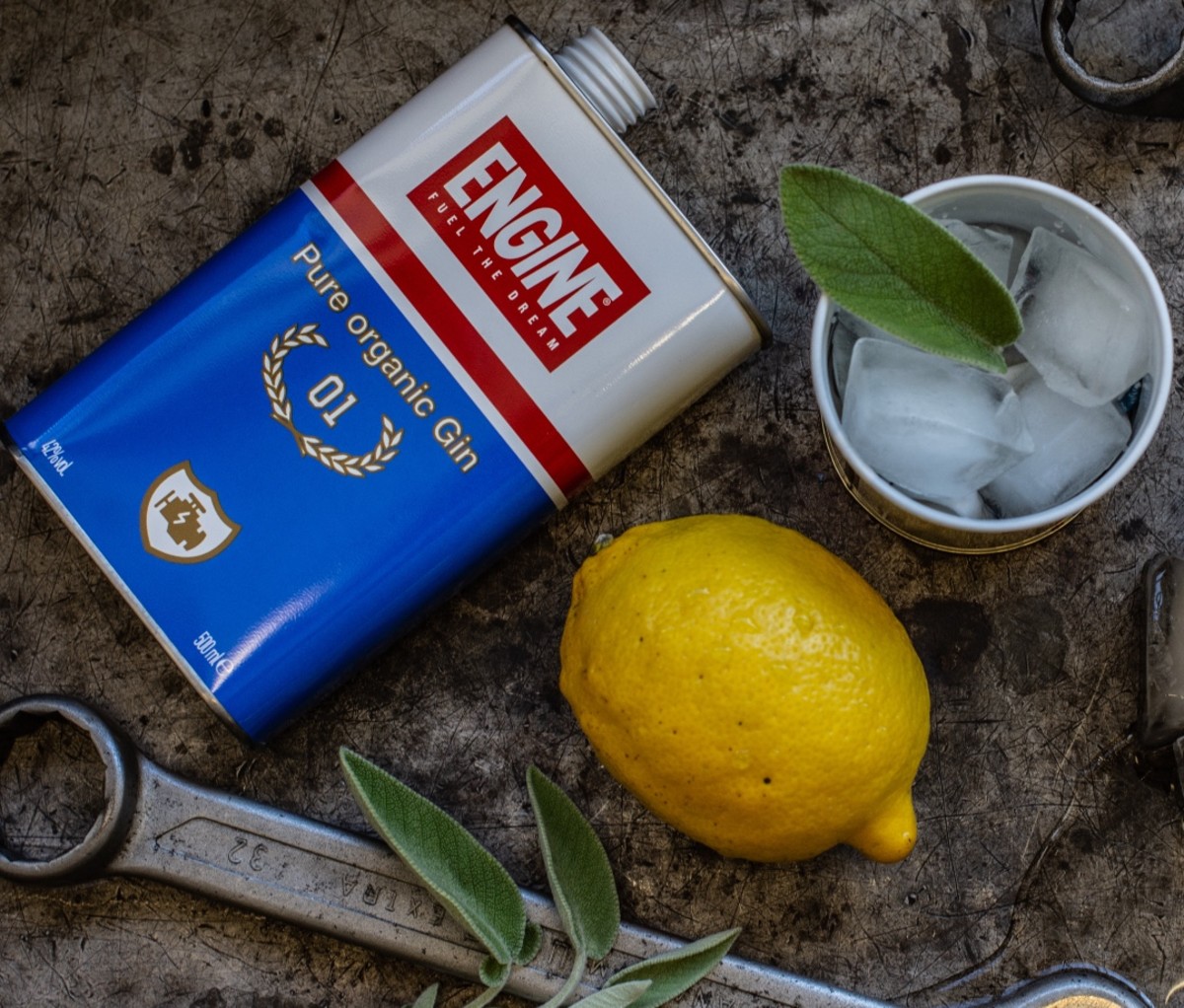
“Even before I built the brand, I knew I would incorporate a strong commitment to sustainability and a big part of that is being respectful to both our environment and our heritage,” says Paolo Dalla Mora, ENGINE founder and CEO. That meant producing an authentic Italian organic gin and making sure every part of the process was done intentionally to meet standards.
Dalla Mora adds: “Otherwise, we’re just another brand putting buzzy words on our label. Not only are our production methods fully certified, but the provenance of each botanical in ENGINE is certified. We distinguish ourselves as an Italian organic liquid, and it’s important we certify every single small organic farmer that’s producing our botanicals.”
Just as natural wine is a direct representation of its terroir, organic spirits pay a similar homage. For instance, botanicals found in ENGINE include organic sage from Langhe, lemon from Sicily, licorice from Calabria, and juniper from Tuscany. The wheat they distill with is sourced from Piedmont, and their water is from the Alps.
So when the label says, “made in Italy,” it truly is.
“No bullshit,” Dalla Mora says.
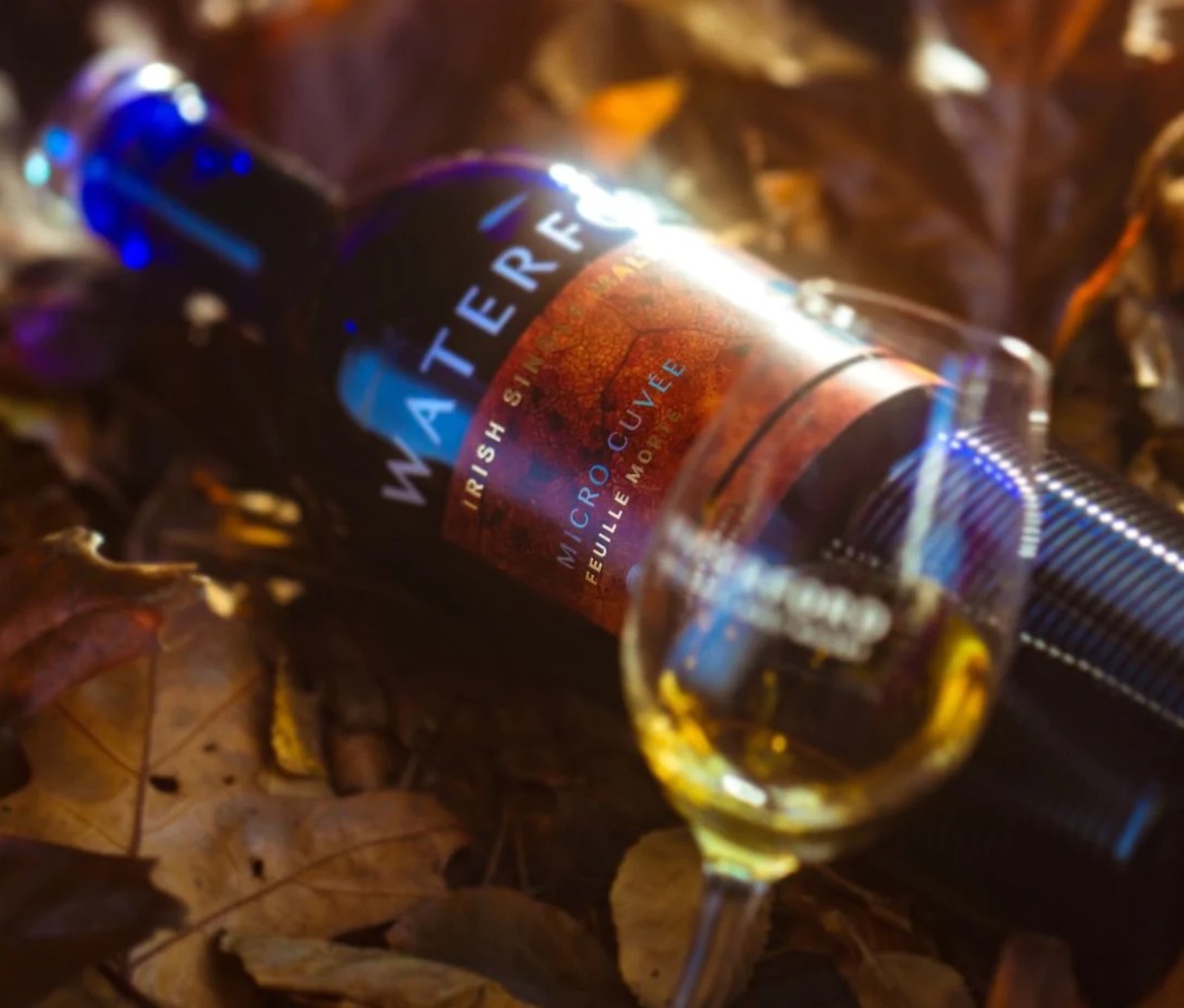
Going against the grain
For the majority of organic distillers, it all begins with the grain. Regardless of whether a company is located in the U.S., Ireland, or Italy, grains grown without the help of pesticides are an absolute must for attaining certification, though the use of some synthetic substances is allowed, as long as they don’t contribute to the contamination of crops, soil, or water.
In general, organic grain production relies on biological pest control rather than the blanketed use of chemical pesticides. Once harvested, conventionally grown grains and flours are fumigated, not only while in storage but also in transit. Organic grains present a lowered risk of contamination from mycotoxins—secondary metabolites produced by fungi, which are resistant to technological processes such as distilling, and can have serious adverse health effects.
“For many years, spirits have been produced in mass production focusing on yields rather than flavor,” says Neil Conway, head brewer at Waterford Whisky. “It’s our mission now to educate the consumer to understand how terroir, organic farming, biodynamic farming, and the use of old heirloom varieties can greatly improve quality. The consumer can see for themselves how enhanced the flavors are in our organic spirits that come from different ways of growing barley.”
Waterford recently introduced the world’s first biodynamic whisky, Biodynamic Luna, which earned Double Gold at the 2022 New York International Spirits Competition. The distillery is so serious about how organic and biodynamic practices can better showcase terroir, they conducted a scientific study on the matter. Its terroir specialist, Angelita Hynes, also runs an ongoing series of blind sensory panels, which have shown that imbibers can taste more depth of flavor in Waterford’s biodynamic distillations.
“There’s a lot of complexity. It’s almost like the attributes are speaking much louder,” says Hynes. “While a conventional farm on the very same soil might have a score of seven for floral notes on our sensory analysis scale, which ranges from zero to 15, maybe organic would fetch a nine and biodynamic would get an 11.”
It makes sense in theory—if one were to think about comparing the taste of, say, a tomato from a large chain supermarket, versus one sourced from an organic stand at a farmers market.
“I would invite organic naysayers to Barbaresco, where they can see our production process,” challenges Dalla Mora. “They can experience our sage harvest in June, and smell and taste it compared to a non-organic farmed sage.”
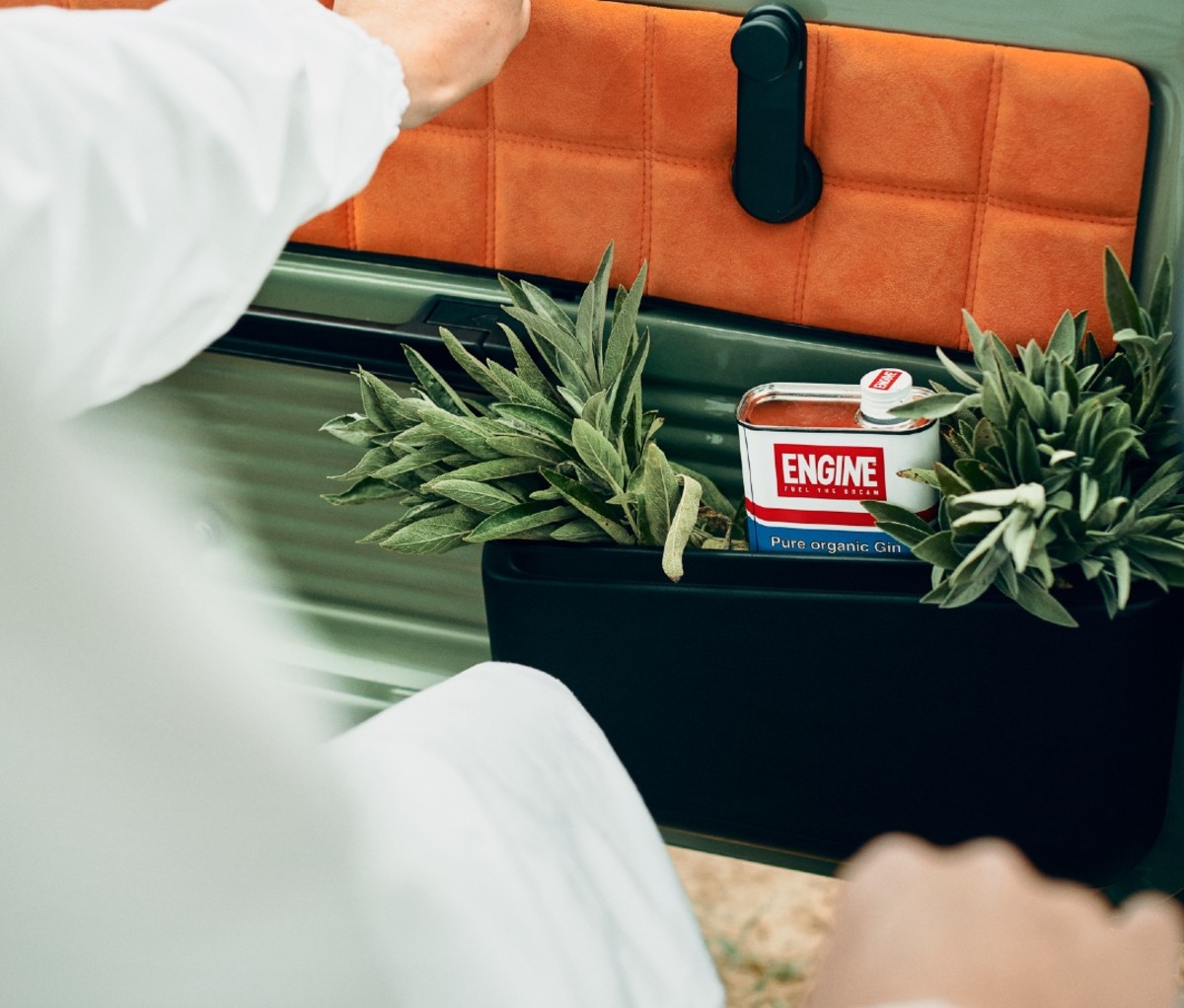
Achieving “certified organic” status
In the U.S., products vying for “certified organic” status must contain at least 95 percent organically produced ingredients. They must also be made using production methods that don’t give off pollution residues, including pesticides, fertilizers, and chemicals that can increase the risk of cancer and other health risks. These standards consider all stages of the production process, meaning production, processing, and packaging.
Attaining certification also takes time, as the USDA requires farmers to follow organic standards for three whole years before they gain their stamp of approval. During that time, farmers can’t market themselves as organic but are still required to pay the certification fees, expect visits from certification agents, complete paperwork, and more. Once they finally have a certificate in-hand, they’ll still have to deal with yearly audits and inspections to maintain the status.
The EU takes steps even further, demanding crop rotation for efficient use of resources and severely restricting the use of antibiotics, along with banning chemical pesticides, synthetic fertilizers, and GMOs.
“There are not substantial differences between organic wines and organic gin, apart from the fermentation process to obtain wine in contrast with the distillation process for gin,” says Dalla Mora. “For both, the entire production chain must be certified organic—the farm, the distillery, and the trade company. Furthermore, even if we’re certified in Europe, we must also obtain a certification by the USDA, because rules differ between the two continents.”
Organic-minded consumers should also be aware that distilleries and the spirits they produce are individually certified, meaning a certified-organic distillery can actually produce non-organic products alongside their organic ones. For instance, Hanson of Sonoma produces a non-organic whiskey, and Waterford tells us that in total only around 20 percent of their whisky production is organic and/or biodynamic.
“It’s our vision to increase this over the next few years as more and more growers convert to both organic and biodynamic farming. A win-win for us, the grower, the environment and, ultimately, the consumer,” says Conway.
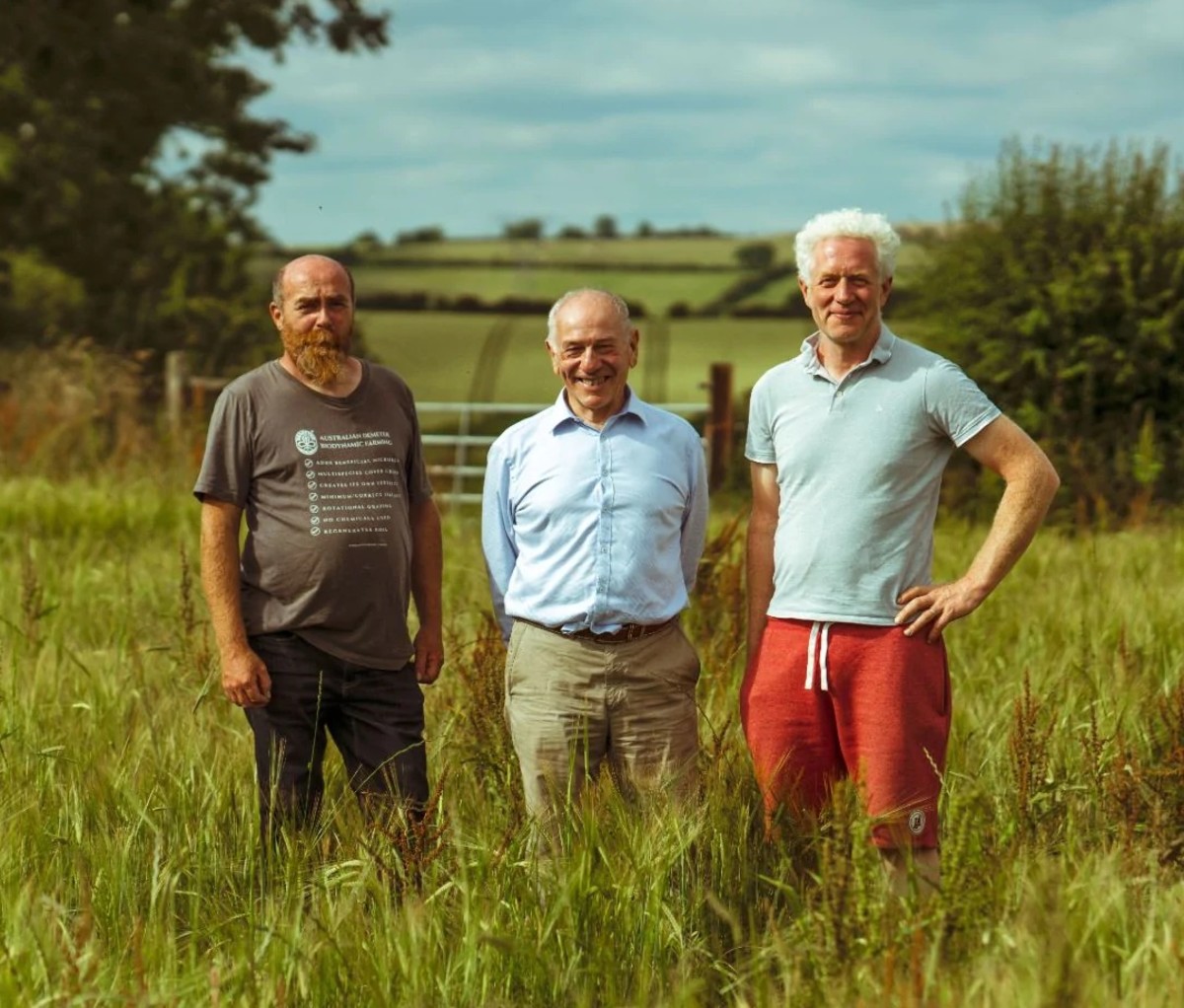
A health comparison
When it comes to the health of the local environment, organic tends to reign supreme. For one, the prohibition of genetically modified grains means naturally heartier and more diverse crops. With the correct methods, organic farming also helps to improve soil fertility and maintain water quality, among other bonuses. When biodynamic processes are brought into the mix, the land is given even more opportunities to prosper, thanks to the elimination of monoculture planting, which can lead to soil degradation and is detrimental to pollinator populations.
The matter of our own physical health, on the other hand, is a trickier topic to tackle. Alcohol itself is not healthy, and no matter how you slice it—organic or non-organic, drinking alcohol is not advisable for good health.
But if you do indulge, Hanson makes a pitch for organic liquor as quality control, due to the ambiguity of alcohol labels. By her logic, an organic certification can, at the very least, put the consumer’s mind at ease regarding the addition of sketchy preservatives and sweetening agents post-distillation.
“The main thing about spirits is that, unlike any other consumable or even makeup products, there are no ingredient lists on labels. There aren’t a lot of ways to verify what’s in the bottle,” she says. “Being an organic product, you go through such rigorous audits and testing, which keeps you really authentic to what the product is. You literally can’t put anything in the bottle that people shouldn’t be consuming. To me, that drives a better product because you have so many more standards you have to hold yourself to.”
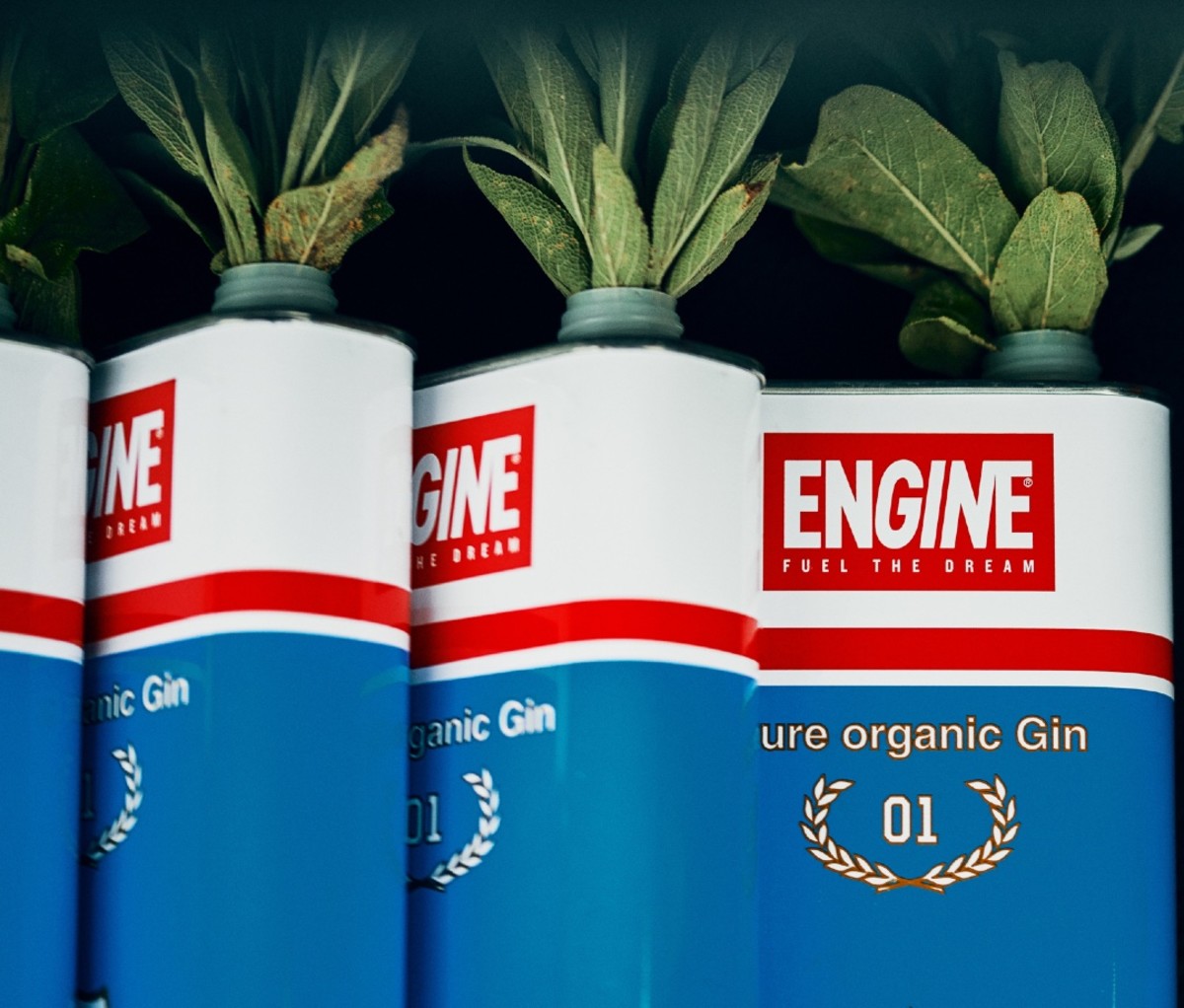
The future of organic spirits
It’s clear consumers are interested in seeing more organic products enter the spirits market, and that the average imbiber is becoming increasingly conscious of the “where,” “what” and “who” behind their favorite tipples. Just like produce and wine before it, the liquor market is one driven by consumer demands.
While not all distillers can afford to make the jump to organic just yet, many are acknowledging concerns around the environment, and feeding into a growing demand for small batch bottles. Like the craft beer and natural wine movements before it, the driving force for consciously crafted spirits is coming from small production distilleries willing to take a chance.
“I’m not sure if the industry is ready, particularly the bigger players who are driven by spirit yield and obtaining the cheapest raw material from wherever they can get their hands on it,” says Conway. “I would hold up more hope for the next generation of drinkers and distillers who might turn the table. It’s up to us and other like-minded people in the industry to educate and spread the word.”
For many of these distillers, a mindful shift to organic is not just about what the customer wants, but the (hopefully) lasting impact their craft can have on the environment.
“We have a debt to pay in terms of the work we do,” says Della More. “For sure, it’s easiest for a small producer to start or restructure distilleries with an organic vision. ENGINE is currently in the process of certifying itself as a Benefit Corporation (B-Corp). We’re putting in the work because I believe sustainability and the benefit to our people and our planet are more of a priority than the profits. I invite our biggest competitors to consider this a priority as well, as these are changes that need to be made across the board.”
from Men's Journal https://ift.tt/PgaR3iw






No comments:
Post a Comment